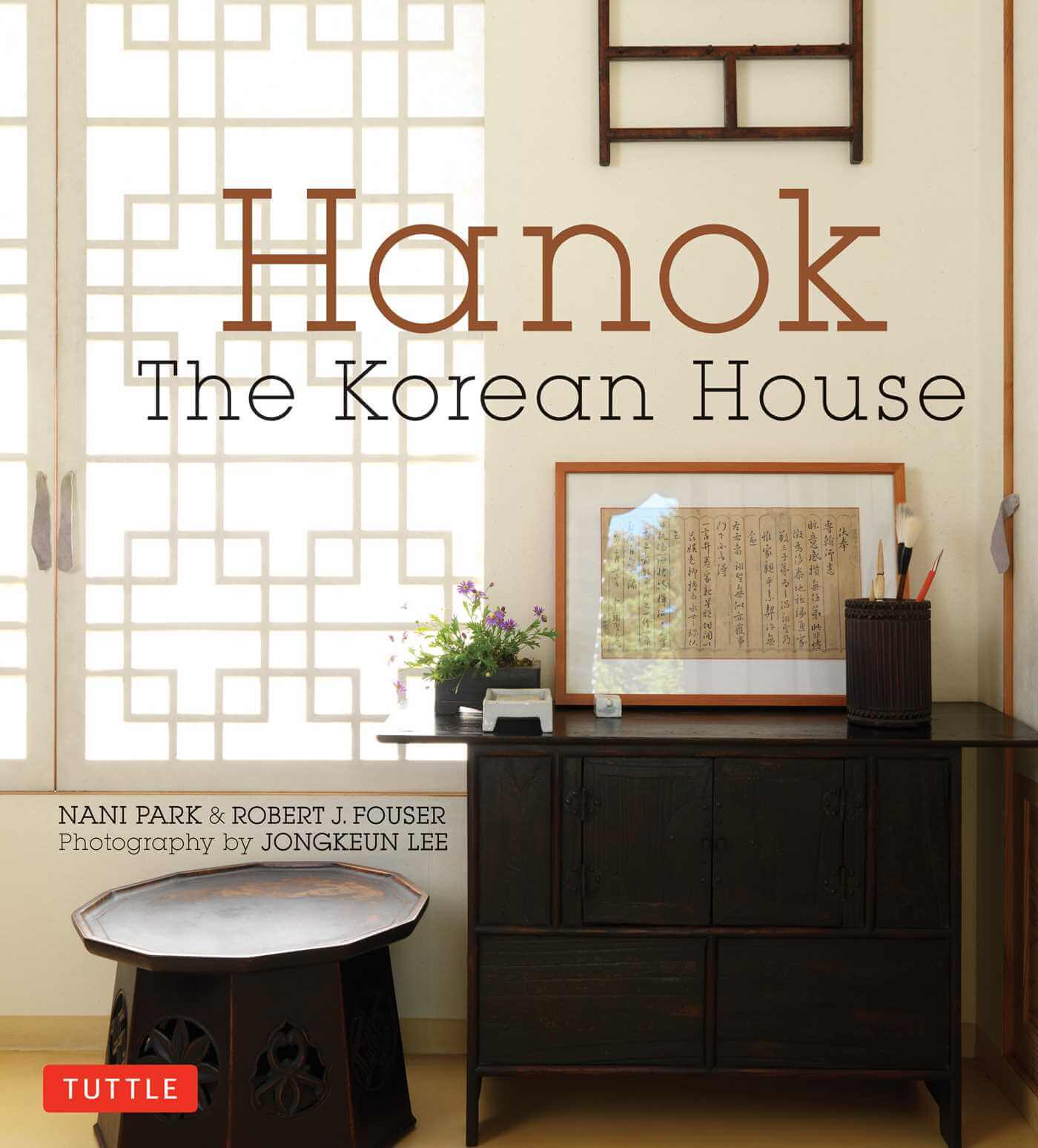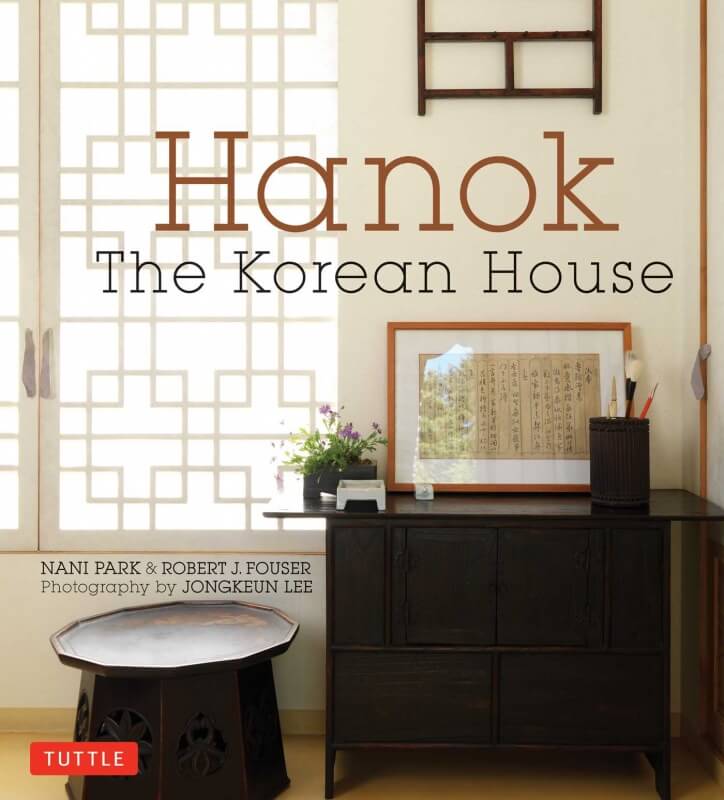28 May / Hanok: The Korean House by Nani Park and Robert J. Fouser, photography by Jongkeun Lee

 Two of my favorite people in the world are becoming Seoul residents! Which means more reason for prolonged visits, hopefully sooner than later. One of the experiences I’m determined to make happen is an intense exploration of hanok. If your curiosity is at all piqued, definitely get your hands on this title – and yes, you will want the physical book, because the stupendous photographs by Jongkeun Lee need to be oogled over in great detail for full appreciation.
Two of my favorite people in the world are becoming Seoul residents! Which means more reason for prolonged visits, hopefully sooner than later. One of the experiences I’m determined to make happen is an intense exploration of hanok. If your curiosity is at all piqued, definitely get your hands on this title – and yes, you will want the physical book, because the stupendous photographs by Jongkeun Lee need to be oogled over in great detail for full appreciation.
Hanok “refers to the traditional wooden house structure that originated in [Korea’s] Joseon Dynasty in the late fourteenth century,” explains co-author Nani Park in her “Preface.” She, like my baby brother and dear friend, is a reverse immigrant to Korea, returning to Seoul after growing up Stateside. What she remembered as a very young child in Korea “was old-fashioned, distant and quaint compared to the bustling concrete jungle” into which she resettled her family. “My fondest memory of my childhood was running through our neighborhood, a maze of narrow winding paths that separated hanok, and the seemingly endless waves of tiled roofs. Reminiscing on my childhood home in my very own hanok is where I got the idea for this book.”
Thank goodness for us faraway voyeurs: What you’ll find here are 12 “representative” homes, all located within the city limits of Seoul, that vary in history, age, size, interior style, and more. Each share “the integral aspects of hanok – their beauty, harmony and simplicity.”
To better understand their emblematic architecture, co-author Robert J. Fouser’s “Introduction” provides a contextual history of hanok through Korea’s tumultuous past. As with the peninsular nation, hanok is steeped in tradition, has faced grave destruction multiple times, survived albeit with tragic difficulty, and more recently innovated to meet contemporary demands. “Traditionally … built of the following four elements: wood, stone, clay (including roof tiles) and paper,” hanok has, over centuries, “adapted well to the Korean climate and the practical needs of residents.” Reclamation, preservation, and renovation have created a 21st-century “mixed hanok” style, “some new, some old, that tell the story of how this unique Korean tradition has overcome the challenges of modernity to become the most innovative and beloved type of housing in Korea today.”
To choose favorites among the dozen seems unfair, but immediate standouts include Mumuheon, “House Full of Emptiness,” whose name “perfectly encapsulates the Zen-like ambiance of this home in the middle of bustling Seoul”; Jamyeongseosil, “Jamyeong’s House of Playing and Reading,” built in 2005 which, ironically, “follows traditional hanok aesthetics more closely”; and Jiwuheon, “House of Continuous Learning,” whose owner built the home in 2011 to “show her support for traditional craftsmanship and to help preserve it for future generations.”
Korean baby boomers – speaking of generations, ahem – are rediscovering hanok “as an environmentally friendly sanctuary that helps their well-being.” Talk about an ideal concept of home! I’m totally ready to move in. I know, I know. Keep dreaming. Or, at least, start planning – inspiration begins right here.
Readers: Adult
Published: 2015
